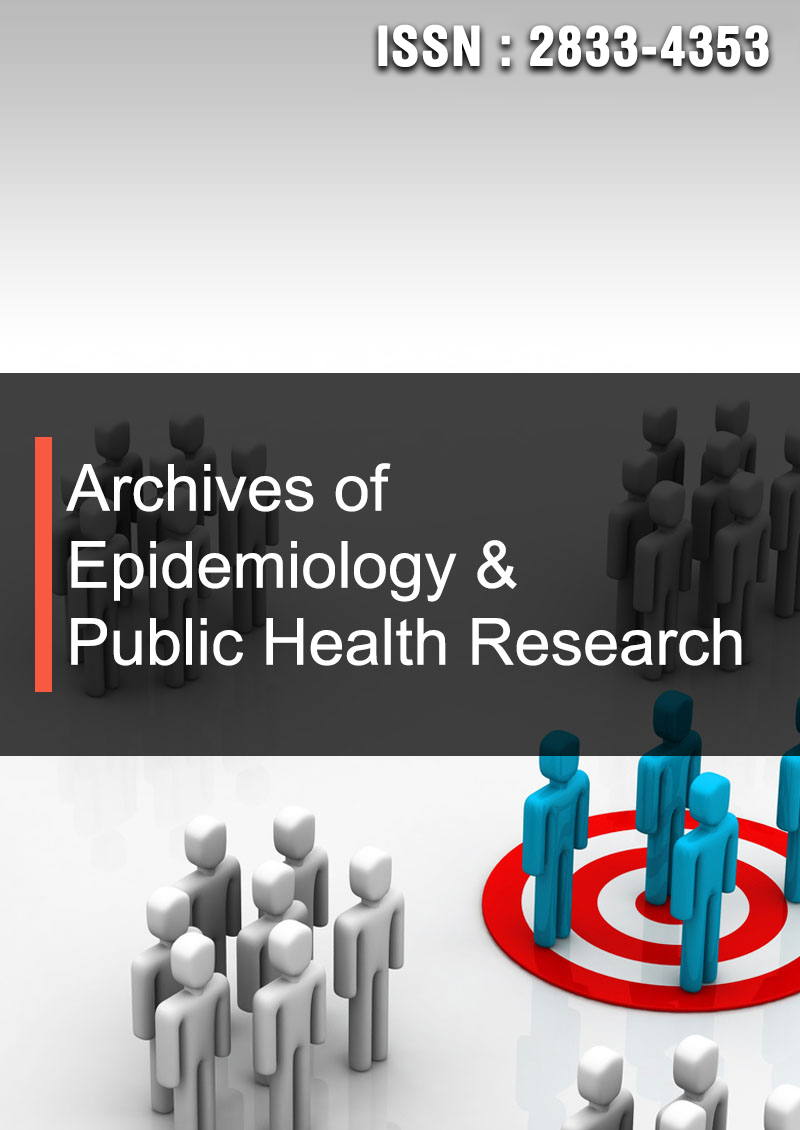Species of Yeasts Identified from Different Clinical Samples Addis Ababa, Ethiopia
Abstract
Elias Seyoum
Background: Currently, fungal diseases in humans are among the most problematic illnesses. This is the result of an increase in opportunistic fungal infections caused by a rise in the number of immune-compromised patients. Particularly, yeasts are the most common cause of fungal infections leading to a range of superficial types to life-threatening invasive infections. The aim of this study is to determine the species distribution of yeasts particularly of Candida species recovered from different clinical samples.
Method: A cross sectional study was conducted from January 2018 to September 2018 in Addis Ababa, Ethiopia. Specimen from Oropharyngeal, nail, eye’s cornea, and vaginal were collected from patients with signs and symptoms of infections. Identification was performed by using a YST card through VITEK 2 compact system. All data were coded, double-entered and analyzed using SPSS version 20.
Result: 174 yeasts were recovered of which 51.1% were Candida albicans, 43.1% were nonalbicans Candida species and 5.7% were yeasts other than Candida species. Eighteen (18) different types of yeast species were identified from different clinical samples. All recognized yeast is considered as a causative agent of fungal infection in previously reported data worldwide.
Conclusion: C. albicans remaining the predominant species, but the emergence of non-albicans Candida and other than candida species have increased. Thus, more studies on Candida prevalence are needed throughout country.



